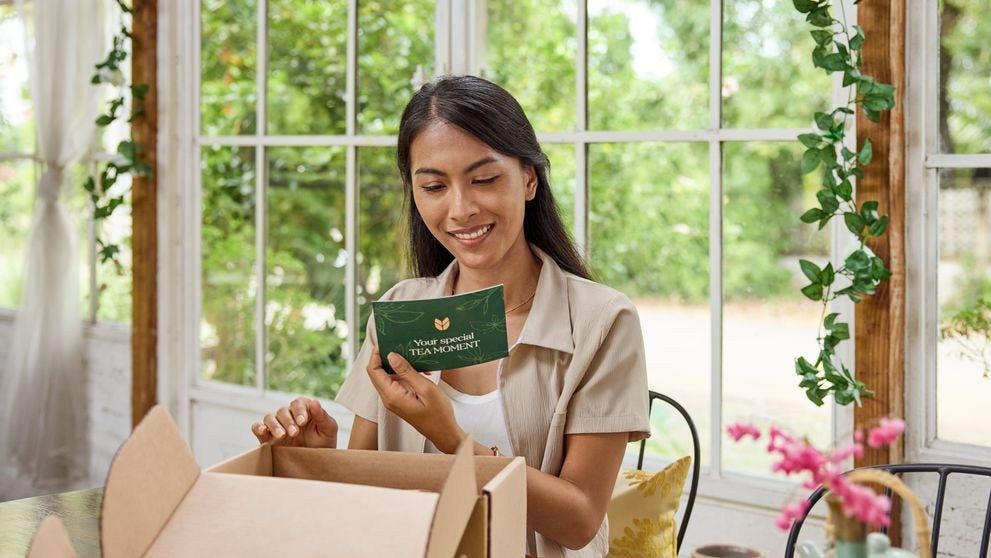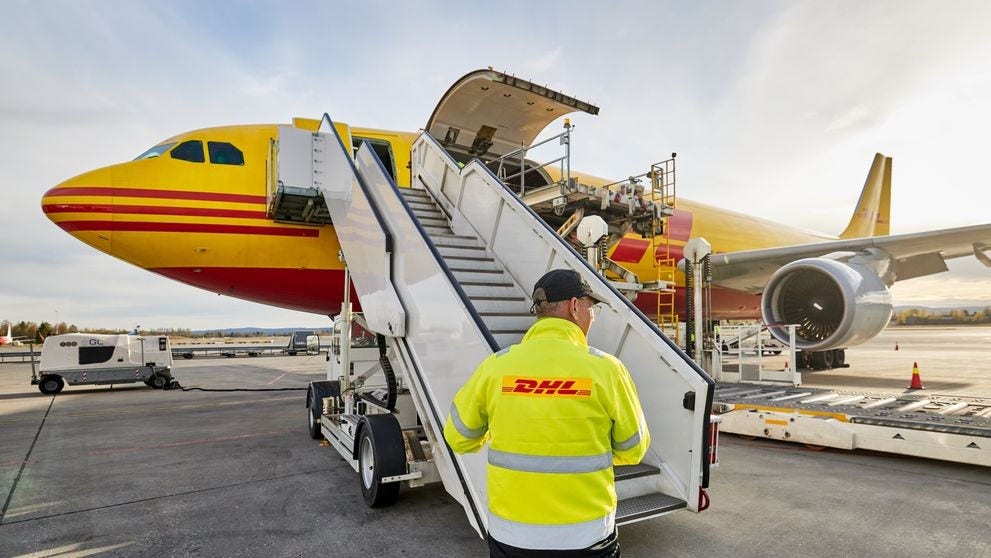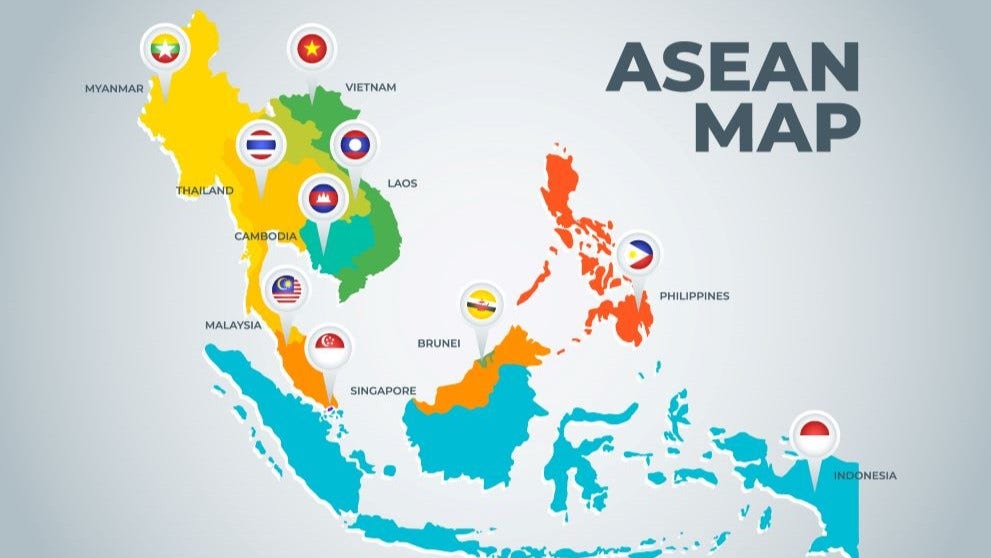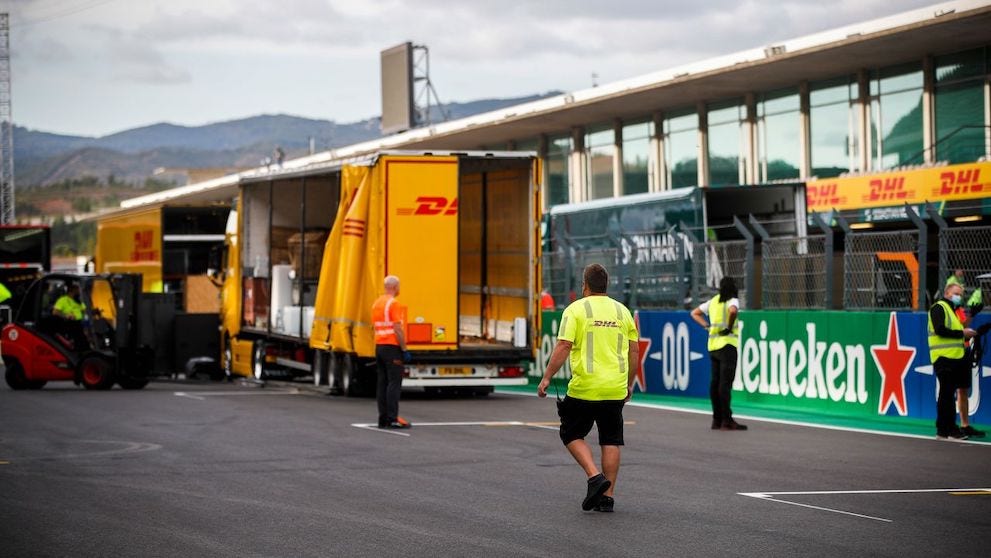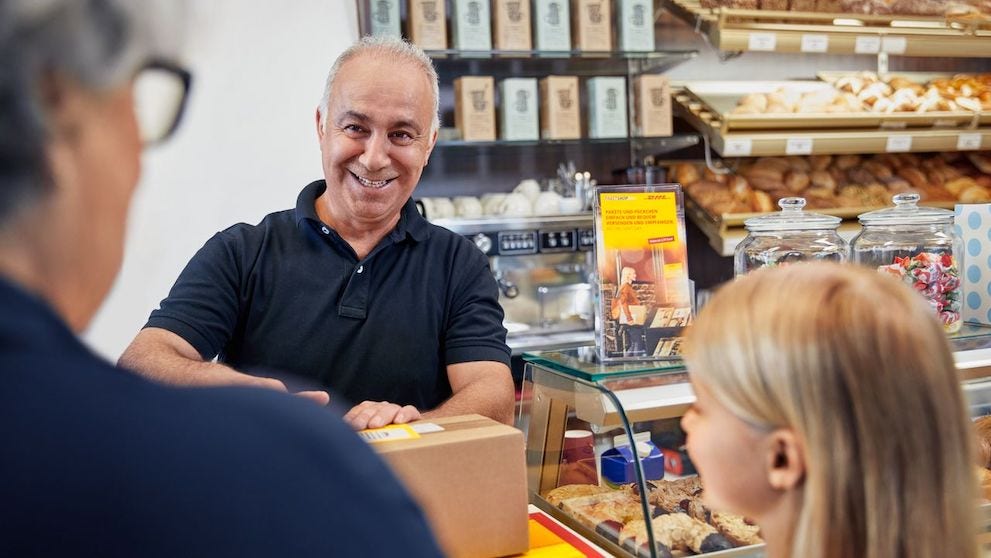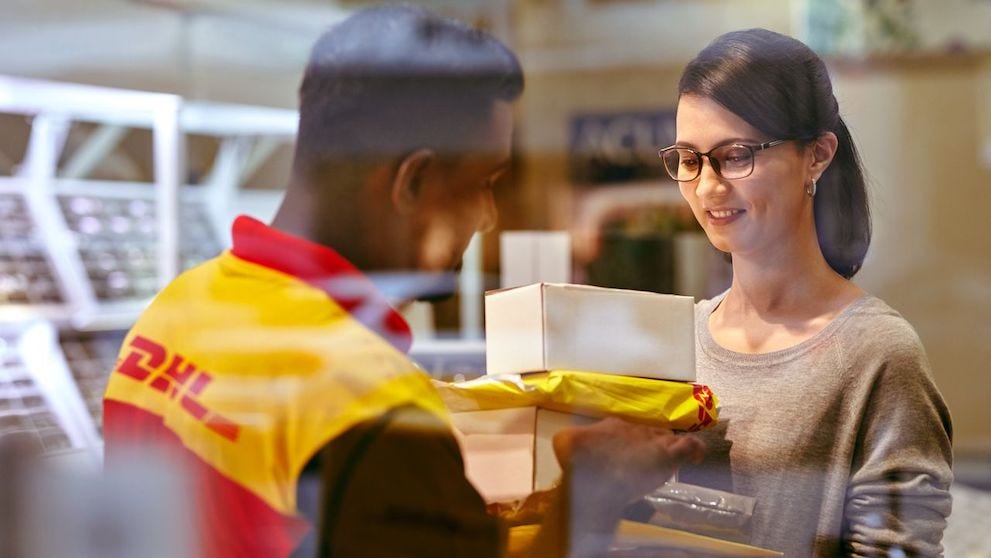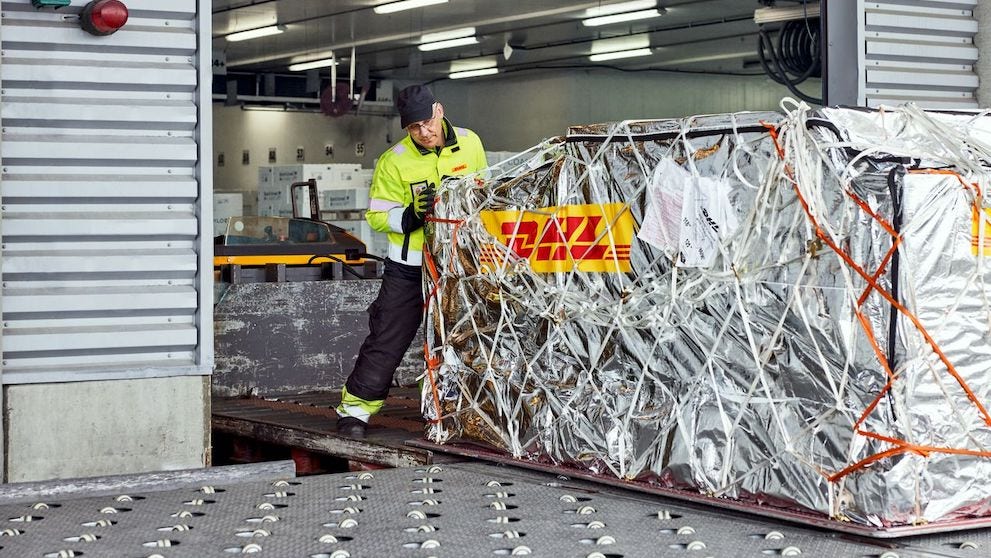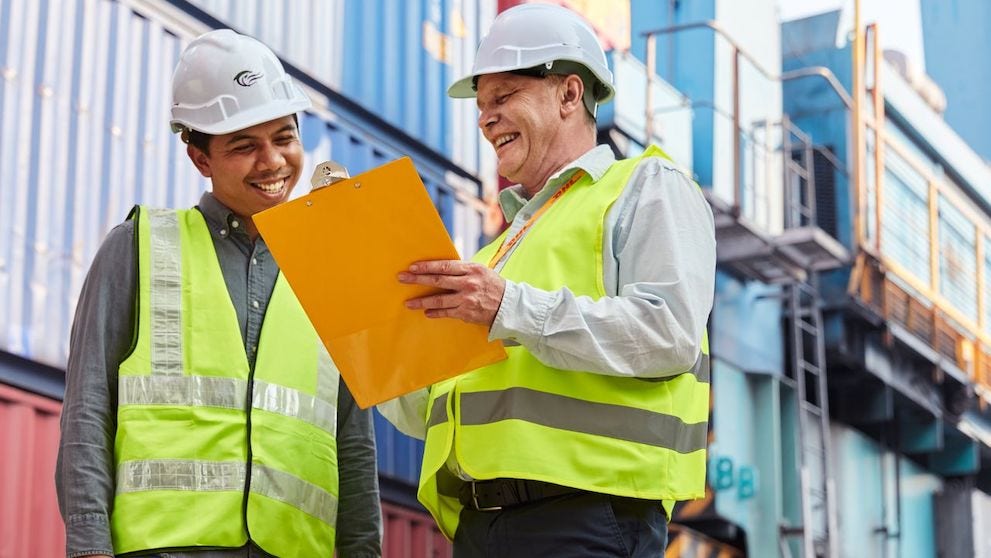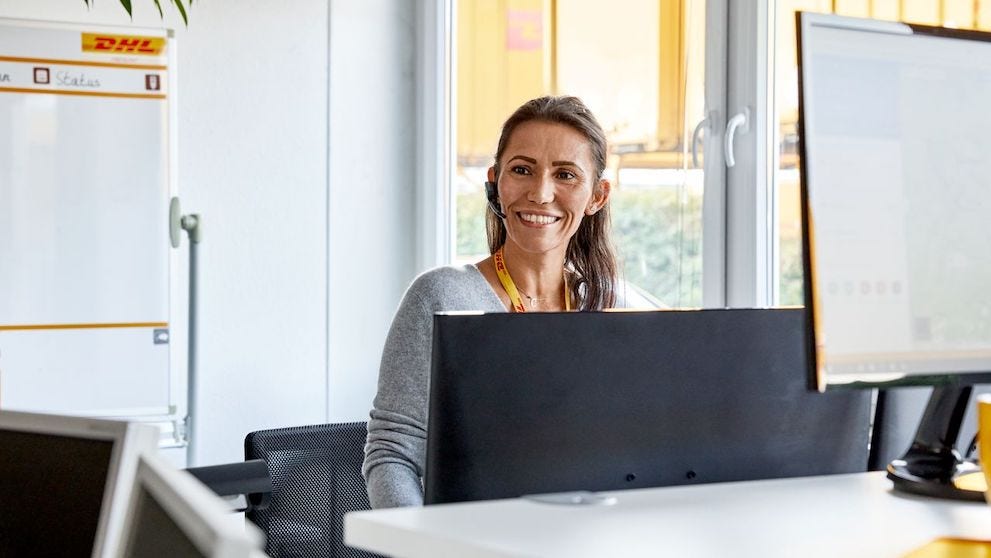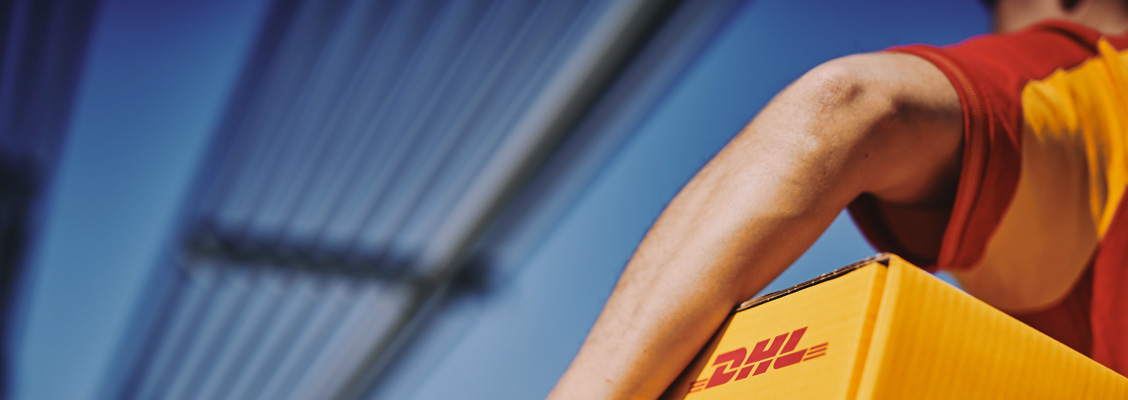
Geofencing marketing: The ultimate guide to hyper-local advertising
In today’s digital landscape, geofencing marketing helps businesses reach customers in real time using virtual boundaries for hyper-local, personalised advertising that drives engagement and growth. Read on to discover how this innovative strategy works, why it’s so effective, and how you can implement it to elevate your marketing campaigns.
Geofencing is rapidly gaining traction as brands seek smarter, more precise ways to reach customers. According to Fortune Business Insights, the global geofencing market is expected to grow from US$2.65 billion in 2024 to US$12.23 billion by 2032, at a compound annual growth rate (CAGR) of 21.0%1 — reflecting how businesses are increasingly investing in location-based marketing to deliver real-time, personalised experiences.
At its core, geofencing marketing uses technology to connect with potential customers exactly when and where it matters most. Unlike traditional location targeting, which relies on broad geographic data, geofencing creates precise virtual boundaries that trigger tailored marketing actions, such as push notifications or mobile ads, the moment someone enters or leaves a defined area. This level of precision empowers businesses to reach audiences in real time with effective messages that feel timely, relevant, and personal.
What is geofencing marketing?
Geofencing marketing is a location-based digital strategy that uses virtual boundaries known as ‘geofences’ to trigger specific marketing actions when users enter or exit a defined area.
These actions can include sending a push notification, displaying an in-app message, or serving an ad via mobile or social media. The technology relies on GPS, Wi-Fi, and cellular data to detect a user’s location in real time. Unlike traditional location targeting, which may rely on static data like a user’s home address or city, geofencing offers dynamic, context-aware targeting based on where a customer physically is at that very moment.
This precision opens up powerful opportunities for brands to engage customers when they are most likely to take action, making it a strategy worth exploring for businesses looking to stand out.
Radius geofencing
The most common and straightforward form of geofencing, radius geofencing draws a circular boundary around a specific point of interest — for example, a 2 km radius around a shopping mall.
Businesses can use this method to reach a broad audience within a general area. For instance, a coffee shop chain could send a promotional notification to users who come within a few hundred metres of one of its outlets.
Parcel map geofencing
Parcel map geofencing takes precision a step further. Instead of using a simple circular boundary, it defines specific property lines, such as a stadium, office building, or convention centre.
This level of accuracy allows marketers to deliver hyper-relevant ads. For example, you could target event attendees at a concert venue or delegates at a trade show. It also reduces wasted impressions by ensuring only users physically present in the exact space receive the message.
Polygon map geofencing
Polygon map geofencing represents the most advanced level of precision. It enables marketers to draw custom-shaped virtual boundaries that match irregularly shaped areas, such as a single block, a specific retailer, or an industrial park.
This is ideal for highly targeted campaigns. Take forFor instance, a logistics company could target visitors to a competitor’s warehouse, while a real estate agency might engage people walking near a specific development.
By using polygon mapping, businesses can achieve surgical precision in their campaigns, delivering the right message to the right people in exactly the right place.
Benefits of geofencing marketing
Geofencing offers more than just novelty — it’s a measurable, data-driven way to increase efficiency and engagement. Let’s explore its top benefits.
Create customised content
Geofencing empowers businesses to deliver personalised, location-specific content that resonates with users’ immediate context. You can send a discount offer to someone passing by your store or promoting a special event to nearby customers.
By combining location data with behavioural insights, marketers can craft messages that feel timely and relevant, increasing both engagement and conversions.
Improve cost-effectiveness
Because geofencing targets users who are already near or interested in your business, it reduces ad spend waste and improves ROI. Instead of reaching thousands of disinterested users, you focus on a smaller, more qualified audience, resulting in higher engagement rates and lower cost per acquisition.
Reach customers more easily
Geofencing lets you connect with potential customers in strategic locations, including your competitors’ premises. By placing a virtual boundary around rival stores, you can promote your products to consumers who are actively considering similar options.
This is particularly useful for small businesses aiming to increase visibility and win over customers at the decision-making stage.
Increase engagement

Timely, contextually relevant messages significantly boost customer interaction. A well-timed push notification or targeted ad can prompt immediate action, whether that’s visiting a store, downloading an app, or redeeming an offer.
When users feel that a brand understands their needs and surroundings, their likelihood of engagement and loyalty increases dramatically.
Step-by-step guide to geofencing marketing
Before diving in, it’s important to have a clear roadmap. Follow these steps to launch your geofencing campaign effectively.
- Set campaign goals: Define what success looks like, whether it’s driving foot traffic, increasing online sales, or boosting app downloads. Clear objectives will shape your targeting and messaging strategy.
- Understand your audience: Analyse your target customers’ demographics, interests, and buying behaviours. This will help you craft messages that resonate and choose the best times and locations to engage them.
- Determine the area to target: Use a geofencing platform to create the appropriate virtual boundary — radius, parcel, or polygon — around your desired area. Consider factors like foot traffic, proximity to competitors, and relevance to your campaign goals.
- Craft your message: Develop clear, localised content that feels relevant to users’ real-world context. Keep it concise, action-driven, and consistent with your overall brand voice.
- Launch ads: Deploy your campaign across platforms like Google Ads, Facebook, or programmatic networks. Set the geofenced area as your targeting parameter and align your creative assets with your campaign goals.
- Monitor and optimise: Track performance metrics such as impressions, click-through rates, and conversions. Use this data to refine your targeting and messaging for continuous improvement.
Each campaign provides valuable insights. The more you measure, the more effectively you can adapt and optimise.
From theory to practice: Launching your geofencing strategy
Geofencing marketing isn’t just a buzzword; like any strategy, it has its pros and cons, but it’s ultimately a precision tool that helps you connect with customers in meaningful, timely ways. By understanding where your audience is and what they need in that moment, you can deliver messages that inspire immediate action and long-term loyalty.
Once your marketing starts driving results, whether it’s more store visits, local orders, or online sales, the next challenge is ensuring every purchase reaches your customer quickly and reliably. That’s where efficient logistics come in. Precision, speed, and customer satisfaction matter just as much in delivery as they do in marketing.
With its trusted network and time-definite delivery options, DHL Express helps businesses maintain that same standard of reliability. Whether you’re fulfilling orders across your city or sending parcels nationwide in Australia, DHL Express ensures every delivery arrives on time, so your customers stay as delighted as when they first discovered your brand.
Open a business account with DHL Express today.
